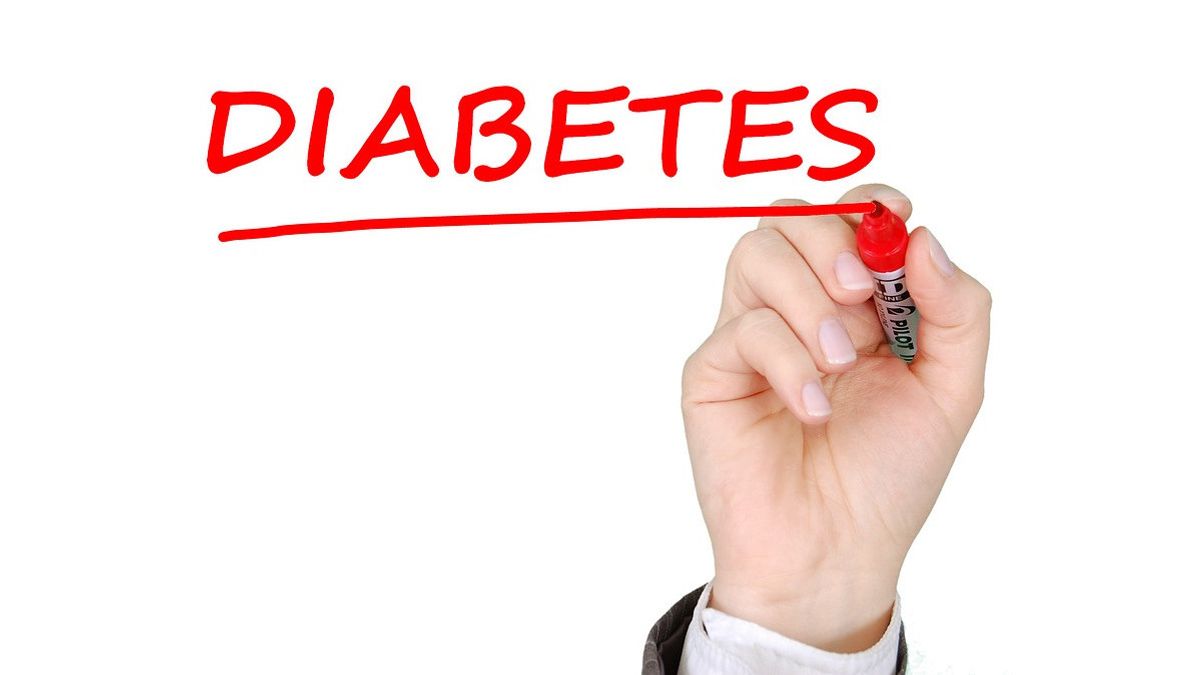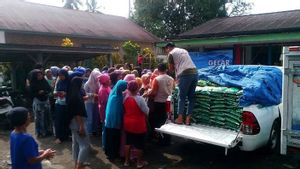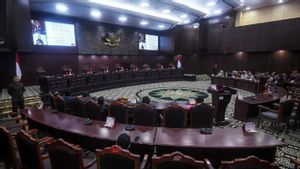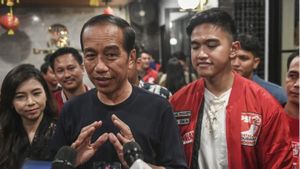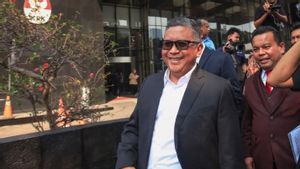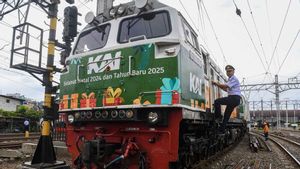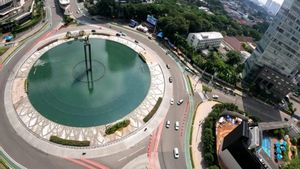JAKARTA The number of diabetics in Indonesia continues to increase to the point that on the one hand, sugar consumption in the country actually increases, so that the government's seriousness in suppressing the rate of diabetes is questioned.
Citing the World Health Organization (WHO), diabetes is a chronic metabolic disease characterized by increased blood glucose (or blood sugar) levels, which over time cause serious damage to the heart, blood vessels, eyes, ginseng, and nerves.
Glucose is the main energy source for human body cells, but in people with diabetes, glucose cannot be used by the body.
Diabetes itself has two main types, namely type 1 and type 2 diabetes. Type 1 diabetes occurs when the immune system mistakenly attacks and destroys pancreas cells that produce insulin. Type 1 diabetes is also called autoimmune diabetes.
Meanwhile, type 2 diabetes is a common type of diabetes, which is around 90-95 percent. Type 2 diabetes occurs when body cells become less sensitive to insulin so that the resulting insulin cannot be used properly. This condition is also known as insulin resistance.
Indonesia itself is a country with a fairly high number of diabetics. The International Diabetes Federation (IDF) in 2021 recorded as many as 537 million adults, aged 20-79 years, or 1 in 10 people living with diabetes worldwide. Diabetes also causes 6.7 million deaths or in other words one person dies every five seconds from diabetes.
According to the same data, Indonesia is ranked fifth in the country with the highest number of people with diabetes in the world. The IDF said as many as 19.47 million people in Indonesia had diabetes.
Above Indonesia sequentially occupied by the United States (32.22 million patients), Pakistan (32.96), and India (74.19 million). Meanwhile, in the first position occupied by China as the country with the most diabetes sufferers in the world. IDF recorded 140.87 million people in the Bamboo Curtain country living with diabetes in 2021.
Unfortunately, amid concerns about the number of diabetics, sugar consumption has continued to increase, and has even set a record high in the last decade.
Data from the National Sugar Summit (NSS) which was held on December 13, 2023 showed that sugar consumption at the end of last year reached 3.4 million tons. This is the highest figure since 10 years ago or in 2013 of 2.61 million tons.
Basically, sugar consumption is not prohibited, because sugar is one of the sources of energy. However, sugar consumption should not be excessive. For information, according to Permenkes Number 30 of 2013 the recommendation for sugar consumption per day is a maximum of 10 percent of the total energy (200kcal) per person. This is equivalent to four tablespoons of sugar or 50 grams per person per day.
The trend of sweet drinks in recent years is said to be one of the causes of high sugar consumption in Indonesia. This can be seen from the large number of people who are willing to queue to get drinks or food that is going viral, even though it contains high sugar.
But unfortunately, the government looks less serious in tackling the high consumption of sugar which has the potential to cause diabetes and obesity. The implementation of packaged packaged sugar excise (MBDK) is still tug-of-war until now, and tends to reap pros and cons.
SEE ALSO:
Some people think that MBDK excise is important to apply in order to suppress the prevalence of diabetes. However, there are also those who consider the application of excise is not a solution to reduce sugar consumption.
The Indonesian Pediatrician Association (IDAI) said the importance of government regulations regulating the circulation of sweetened drinks is to reduce obese children and diabetes.
Head of the IDAI Central Management dr. Piprim Basarah Yanuarso, Sp.A(K) recently expressed concern because various types of artificially sweetened drinks are easy to find in minimarkets and attract children's attention.
He also encouraged the government to imitate other countries that have regulation of excise drinks or packaged sweetened foods.
"If abroad there is excise soft drink. It's also good for every sweet drink or high sugar food to include sugar levels. There are also those who say that we are an emergency for obesity because it is estimated that there will be 7 million children who are obese every year," he said, quoting Antara, Saturday (24/2/2024).
"Everyone must try to protect their children from obesity and diabetes because most of these obesity occur because of the wrong diet. The solution can be lifestyle changes and we will advocate so that there are regulations for food and sweetened drinks that can exist immediately," said Piprim.
On the other hand, the Association of Food and Beverage Producers (Gapmmi) has adopted that the government's plan to impose excise on sweet drinks in 2024 is still not appropriate to reduce sugar consumption. General Chairperson of Gapmmi Adhi S. Lukman said excise is not a solution to control the risk of Infectious Diseases (PTM).
"Officially, Gapmmi has not been invited, but on various occasions, we convey that PTM control is not appropriate with excise," said Adhi to Kmis (4/1/2024).
Indonesia may be able to see how Singapore is in controlling sugar consumption in the community. The seriousness of the Singapore government in suppressing the number of diabetics can be seen from the Nutri Grade mechanism they apply to sweet drink products.
Recently, a video circulated showing packaged drinks in shopping centers in Singapore having a sugar or Nutri Grade label with an ABCD assessment. Value A is the lowest sugar category drink, and D is the highest sugar category.
The Singapore government's move to regulate labeling on drinks is based on the projection that diabetic patients will increase in 2050 with one million cases. This regulation was originally applied to packaged drinks since December 30, 2022. After being deemed successful, the regulation was expanded at the end of 2023 by targeting ready-to-eat drinks sold such as bubble tea and coffee milk.
QuotingMothership.sg, the Nutri Grade beverage labeling scheme is based on sugar content and saturated fat. The labeling of the Nutri Grade C and D drinks is mandatory for all drinks, while the labeling of the Nutri Grade A and B drinks is optional.
With this labeling, the people of Singapore are expected to be wiser in choosing healthy drinks. This is what the Indonesian government should also do to reduce the number of people with diabetes.
The English, Chinese, Japanese, Arabic, and French versions are automatically generated by the AI. So there may still be inaccuracies in translating, please always see Indonesian as our main language. (system supported by DigitalSiber.id)
